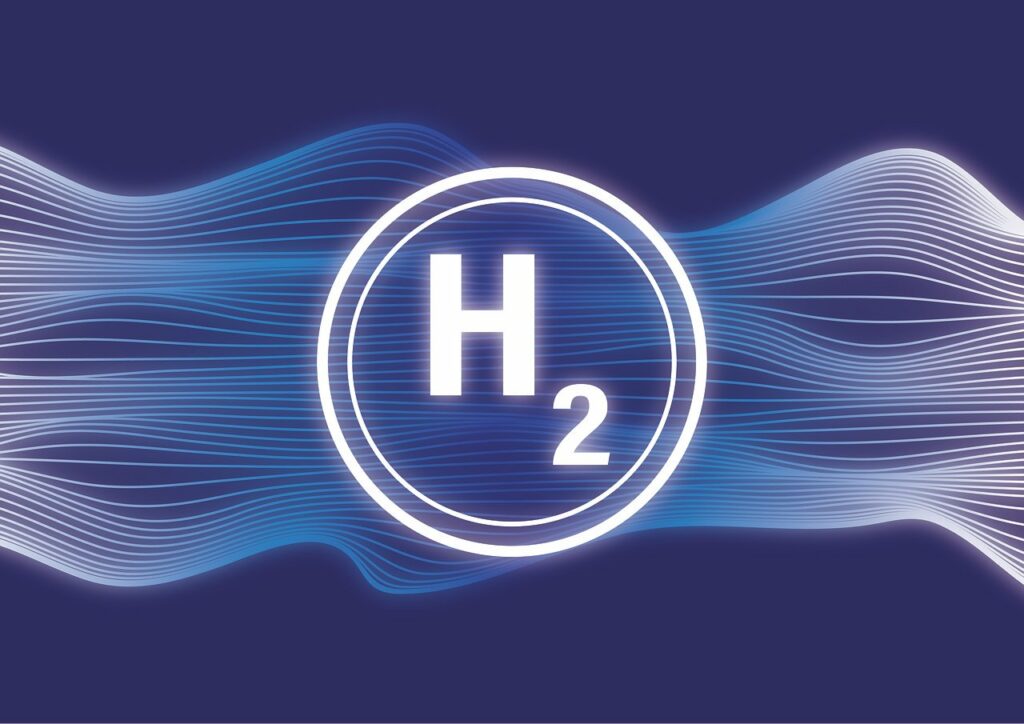Molten Industries, a cleantech startup founded in 2021, recently raised $25 million in a Series A funding round.
This funding aims to scale their capacity for manufacturing graphite for lithium-ion batteries and clean hydrogen, targeting the decarbonization of the chemical and steelmaking industries.
Molten Industries has developed a methane pyrolysis technology that converts natural gas into clean hydrogen and graphite. Company officials claim that this process is more energy-efficient than water electrolysis and addresses the environmental impact of graphite production. The methane used in their process is sourced from low-emission sources, such as waste streams from dairy farms, wastewater treatment plants, and landfills, enhancing the sustainability of their approach.
While these innovations are noteworthy, it is essential to compare them against established technologies. Water electrolysis, for instance, is a widely used method for producing green hydrogen, with companies like Siemens Energy and ITM Power leading the market. These companies have developed highly efficient electrolyzers that integrate with renewable energy sources, providing robust solutions for green hydrogen production. Molten Industries’ methane pyrolysis technology must demonstrate comparable or superior efficiency and sustainability to gain significant market traction.
The dual production of clean hydrogen and low-emission graphite positions Molten Industries uniquely in the market. Dr. Caleb Boyd, co-founder of Molten Industries, emphasizes the importance of clean hydrogen feedstock for various industries, including chemical, steel, and transportation. The company’s technology aims to provide a cost-competitive and environmentally friendly alternative to petroleum-based products.
However, the economic viability of methane pyrolysis remains a critical consideration. The process must be cost-effective and scalable to compete with other green hydrogen production methods. Furthermore, sourcing methane from low-emission sources, while commendable, introduces additional complexities and potential costs. The success of Molten Industries will depend on their ability to balance these factors and achieve competitive production costs.
In the broader context of the hydrogen energy sector, several companies have established themselves as leaders in green hydrogen production. Siemens Energy’s Silyzer 300 and ITM Power’s PEM electrolyzers are known for their high efficiency and integration with renewable energy sources. Linde, another major player, has developed advanced technologies for hydrogen production, storage, and distribution.
Molten Industries’ methane pyrolysis technology presents an innovative approach, but it must be evaluated against these established benchmarks. The company’s ability to scale their technology and achieve cost parity with existing solutions will determine their competitive edge. Additionally, the environmental benefits of their low-emission graphite production must be substantiated through rigorous life cycle assessments and comparisons with traditional graphite production methods.
